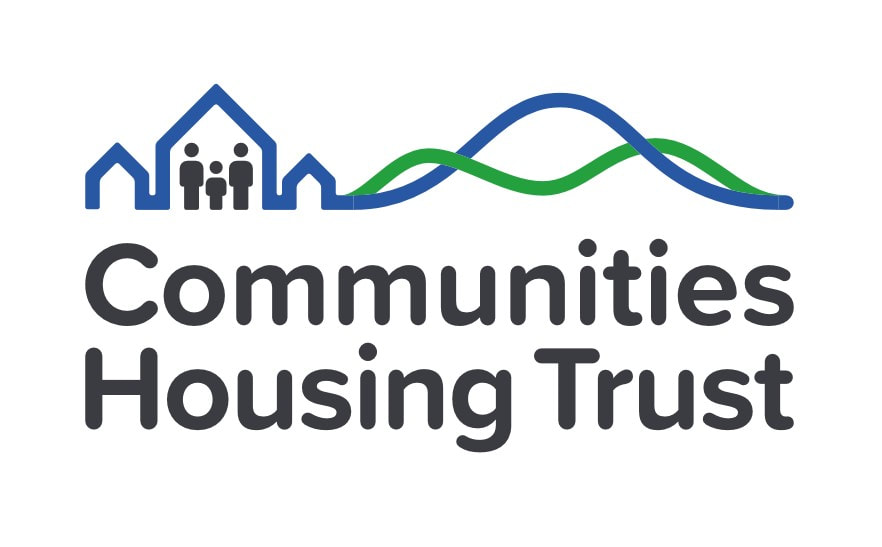|
This blog is part of a monthly series about community-led housing in Scotland, jointly written by Mike Staples, Chief Executive at South of Scotland Community Housing (SOSCH), and Ronnie MacRae, Chief Executive at Communities Housing Trust (CHT). Between us we’ve worked with hundreds of communities across Scotland, facilitating well over 1,000 affordable homes. We have 43,000 long-term empty homes in Scotland[1]. We have soaring costs of building materials, and challenges of supplying them, particularly to remote or island areas. We have goals for net zero and zero waste, to help tackle the climate crisis. And we have an affordable housing crisis. Amid all this, there is an obvious starting point: use what we have already. Communities are best placed to take on projects to ‘recycle’ buildings, reusing materials and repurposing them to meet local needs. Recycling for net zero Often unattractive to commercial developers, restoring and repurposing older buildings is an important part of a more sustainable environment and meeting net zero goals. It should be considered alongside other industry priorities, including, for example, using net zero heating and energy efficiency measures, and local materials. Especially for urban areas, where new builds and green spaces are harder to come by, repurposing empty buildings is a strategic and climate conscious way to address the housing crisis. This opportunity is reflected in Community Right To Buy legislation, updated in 2018 to include ‘abandoned, neglected, or detrimental land.’[2] However, many would consider this extension underutilised, in part because of the convoluted process. CHT and SOSCH support communities through this process to bring recycling buildings into the mainstream. Costs of building materials and challenges of supply Following Brexit and the Covid pandemic, there has been a well-documented rise in costs of building materials. Prices of timber and steel increased by 79% and 77% respectively by September 2021.[3] Coupled with, for example, attempting to build on an island, and additional transport costs of materials by ferry, reduced ferry sailings due to bad or winter weather and associated delays, this is a pressing challenge. In real terms, all this has led to a 20-40% increase in development costs.[4] There is therefore an obvious case to be made, not only for supplying home-grown materials through collaborations between crofters, farmers and landowners, but for reusing and recycling as many materials as we can. A third crucial aspect is then actively tackling the skills and labour shortage, particularly keenly felt in rural areas, by creating more opportunities for implementing a recycling, circular economy approach to construction. Raising confidence and spirits Beyond these practical points, there is value in what we call ‘placemaking’ – communities having a role in shaping where they live, strengthening relationships between people and place, having pride in where you live and raising confidence for exploring what changes are possible. Many of the vacant buildings in urban areas are linked to services or businesses ending, and high street decline. Therefore these buildings are often central, visible, and can greatly affect local pride and spirits – and the economy – if they sit empty. In rural areas, the empty buildings may be schools, or houses – buildings important to generations of people. There’s often a sense of sadness at decline within the community, as an indicator of wider problems of rural depopulation. Community-led projects to re-use and re-purpose buildings are not just environmentally-conscious approaches to housing, but also approaches that can appreciate the personality, character, and history of a place where communities become responsible stewards. In doing so communities demonstrate model ways of how best to integrate historical places with their long-term future in mind. Recycling buildings provide an opportunity to integrate all of the above. Case studiesSOSCH has supported the following projects: Langholm Old Police Station: An award-winning project in which a former police station lain empty in town centre for 15 years before the Eskdale Foundation turned it into 4 affordable homes (family, single-resident, and fully accessible homes). Wigtown: the Wigtown & Bladnoch Community Initiative turned a former Bank of Scotland, which vacated the high street in 2017, into two homes and a community-run bunkhouse for visitors. Whithorn: All Roads Lead to Whithorn (ARLTW) redeveloped a former Grapes Hotel, derelict for over 30 years on the historic main street, into two family homes (with a phase two: two additional fully accessible homes at the back of the site and landscaping). ARLTW is also renovating the Town Hall. Communities Housing Trust has facilitated or is undertaking the following projects: Glendale, Skye: CHT is a key partner to renovate and convert the old Borrodale school and schoolhouse in Glendale into 5-6 affordable homes, alongside the Glendale Trust, Historic Environment Scotland, Local Energy Scotland and Zero Waste Scotland, amongst others, with a focus on reusing materials, boosting local skills and rural trades, and energy efficiency. Achiltibuie: with Coigach Community Development Company, CHT converted the old schoolhouse into 2 affordable homes for the local community, with funding support from the Nationwide Foundation and the Scottish Government’s Rural Housing Fund. It was the first successful completed project to receive RHF funds. Acharachle: CHT worked with Acharacle Community Company to renovate the old school and schoolhouse, as well as a derelict empty home, Druim Garbh. CHT developed an innovative long lease model which allowed the home to be refurbished to a high standard. In all of these cases, had the community not taken control of the buildings and led the conversion into housing, the properties would very likely remain empty and degrading. Communities are taking on a vital role and undertaking work that others will not, and must be supported in doing this important work. These projects require specialised architectural vision to reshape an existing building into unique homes with character, with support from organisations such as Historic Environment Scotland, the Architectural Heritage Fund, and Construction Innovation Centre Scotland. Challenges such as Brexit, Covid, material costs and the energy crisis are causing regulatory bodies to be more cautious, when in fact these are the exact reasons why urgent and flexible cooperation is needed whilst there is a desperate demand for more housing. Both SOSCH and CHT will continue to support communities to take on projects on empty homes and vacant buildings, as one crucial aspect of tackling Scotland’s housing and climate crises. References [1] See Scottish Empty Homes Partnership: https://emptyhomespartnership.scot/ [2] Community Right to Buy (A,N, & D): https://www.gov.scot/policies/land-reform/community-right-to-buy-abandoned-neglected-or-detrimental-land/ [3] See RICS article, 19 Nov 2021: https://www.rics.org/uk/news-insight/latest-news/news-opinion/construction-materials-cost-increases-reach-40-year-high/ [4] Communities Housing Trust projects at March 2022; own calculations. This correlates with the wider sector, see e.g. https://www.constructionnews.co.uk/supply-chain/how-sharply-rising-materials-prices-have-rocked-the-sector-28-02-2022/ Further reading
‘Not so pretty vacant’ campaign by SLC & SEPA Empty Homes Partnership Case Studies - Scottish Empty Homes Partnership You can also report an empty home here: https://emptyhomespartnership.scot/ Glendale welcomed local MSP Kate Forbes last week, as she visited the community-led renovation of Borrodale school and schoolhouse. Historic Environment Scotland and Crown Estate Scotland recently awarded grants to further develop the buildings into much-needed affordable housing. The project to restore and convert the derelict buildings into 5-6 affordable homes is led by the Glendale Trust and supported by various partners including the Communities Housing Trust, Lochalsh & Skye Housing Association, HIE, University of the Highlands & Islands, and Zero Waste Scotland. Ms Forbes visited the site to understand firsthand how the innovative approach to retrofitting the buildings for the climate crisis will also provide benefits and opportunities for the local community. The project aims to minimise waste, reuse and recycle materials, and support and encourage local rural trades. Kate Forbes MSP said: “Housing is probably one of the most frequently raised issues with me, showing how important it is, and as the constituency MSP for Skye I am well aware of the pressures locally. “If we want families, and especially our young people, to remain on the island then it is absolutely critical that they have access to warm, safe and affordable homes. “Against that backdrop, I was delighted to visit Borrodale School and meet with representatives of both the Glendale Trust and Communities Housing Trust. “They are to be congratulated for their joint initiative and I look forward to these plans becoming a reality.” In March, the project received a grant of £30,000 from Historic Environment Scotland (HES) to deliver traditional masonry and lime render work to stop the building deteriorating further and to dry it out in preparation for renovation.
HES are supporting the refurbishment and conversion of Borrodale School and Schoolhouse, particularly the climate change adaptations using traditional materials and new energy efficiency measures needed in a retrofit of an older building. Roger Curtis, Technical Research Manager at Historic Environment Scotland (HES) said: “We’re pleased to be able to support this project to provide much needed additional housing stock through the retrofit of these buildings. The school and its schoolhouse played a key role in the community and through this project will create a new chapter in their story as well as contributing to the community and our broader aims of helping demonstrate thermal upgrade to older buildings as well as providing greener housing through the reuse and retrofit of existing building stock.” A further Community Capacity grant of £20,000 from Crown Estate Scotland, delivered in partnership with Foundation Scotland, will help develop the plans for the fuel-efficient homes. The Borrodale project will act as a blueprint for community renovations to address repopulation, skills development in rural areas, reuse and recycling of materials, environmental concerns, and economic growth and opportunities. The Glendale Trust purchased the school in 2014 with funding support from the Scottish Land Fund. Further funding for the renovation and conversion plans has been given by the Architectural Heritage Fund, the Rural Communities Into Action Fund delivered by Inspiring Scotland, and HIE. There are over 43,000 long-term empty homes across Scotland, and an urgent need for affordable housing. The renovation will focus on transforming an eyesore into an asset, providing housing for the local community as well as supporting economic growth of the region. It is expected that the development will provide a mix of affordable tenures based on demand, such as social rent equivalent, mid-market rent, low-cost home ownership, or housing for keyworkers. This mix allows more flexibility for a small community, allowing for differing financial capabilities and changing circumstances. Clare Gray, Chair of The Glendale Trust said: “We are delighted that Historic Environment Scotland appreciate the value of the buildings and have granted us the funds to repair the stonework and the roof in readiness for the refurbishment. This will give the building a new lease of life and bring affordable homes to Glendale.” Ronnie MacRae, CEO of Communities Housing Trust, said: “We are delighted to have the support of Historic Environment Scotland and Crown Estate Scotland on this project. They both recognise the importance not just of the buildings, but what the buildings could mean to the future of Glendale, and the wider community. It will be an example of community-led, climate-friendly restoration which communities across the country can replicate and use to boost local skills and support a circular economy. We were very pleased to share these plans with Kate Forbes.” Full Time (35hpw)
£15,000 per annum Communities Housing Trust are looking for an energetic and enthusiastic Digital Administration Apprentice to join the team in Inverness. As the Digital Administration Apprentice you will have responsibility for general administration and clerical duties within the organisation and supporting the wider activities of all team members. As well as this, assisting the Housing Management team with the management of CHT rental properties will be a fundamental part of the post. This will involve liaising with tenants and contractors over repair and maintenance issues, logging repair works and ensuring that all records are kept up to date. Your job will also include regular telephone and face to face contact with external agencies, contractors, consultants and the general public as well as regular internal contact within the organisation. Communities Housing Trust will be supporting you through your SCQF Level 6 Diploma in Digital Administration and on completion you will have the chance to enhance your knowledge and skills further by completing further training! Communities Housing Trust have onsite parking available as well as offer additional training to apprentices upon completion of their apprenticeship to enhance skills and knowledge. For more information and to apply, please visit: www.apprenticeships.scot/vacancy-details/?refCode=141822 Applications should be submitted to QA Apprenticeships (at the link above) by 20 April 2022, but please note that this advert may close early if a suitable candidate is found before the advertised close date is reached. |
CHT BlogThis blog features a variety of CHT’s developments and projects located throughout the central and northern Scotland. It also includes the latest news and updates regarding the Trust. Archives
September 2023
Archives
September 2023
Categories
All
|

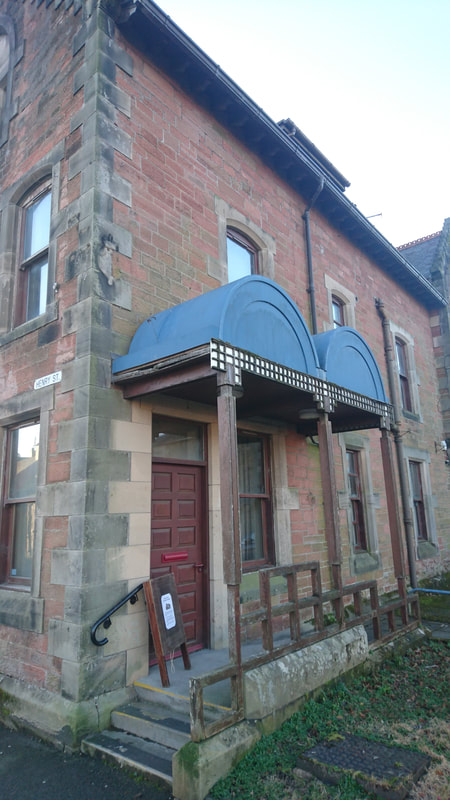
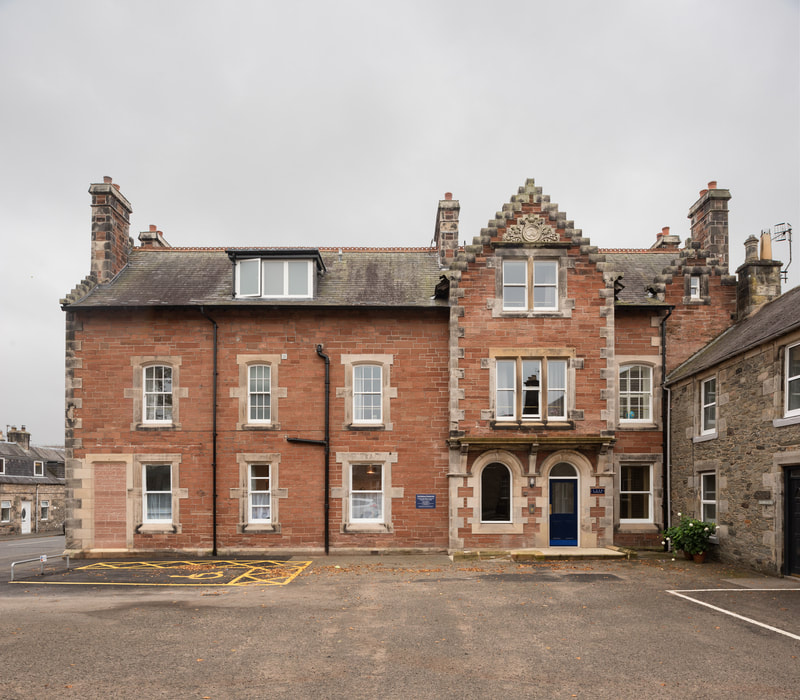
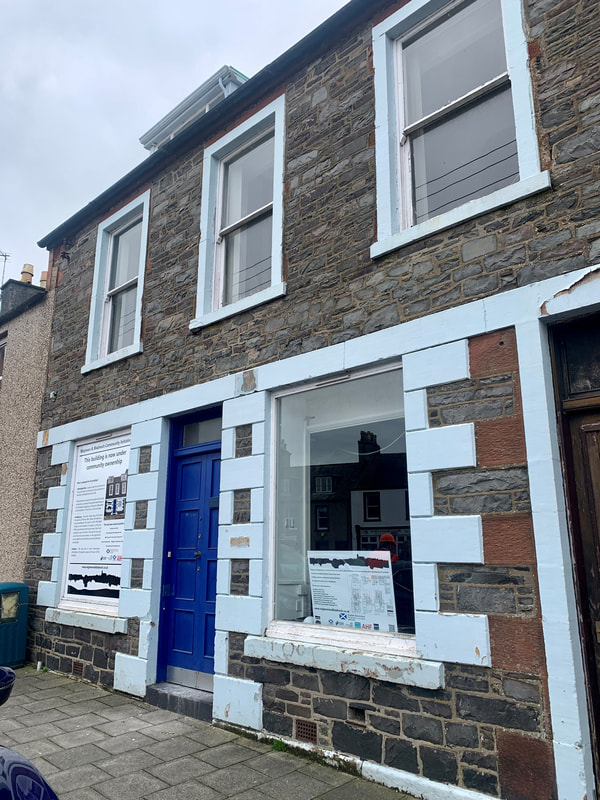
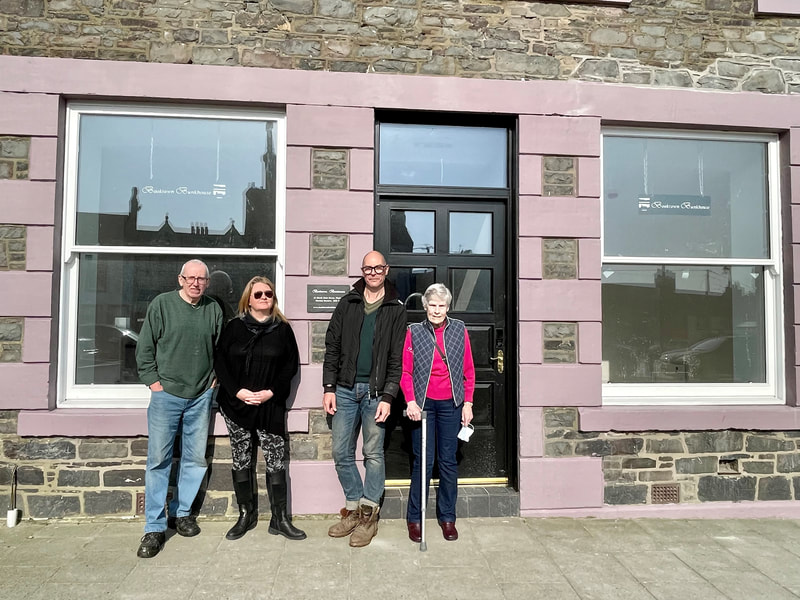
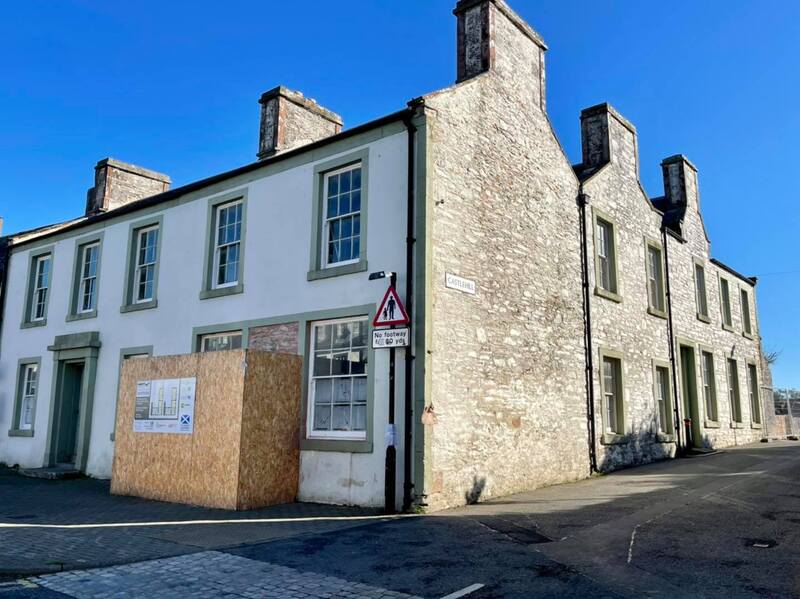
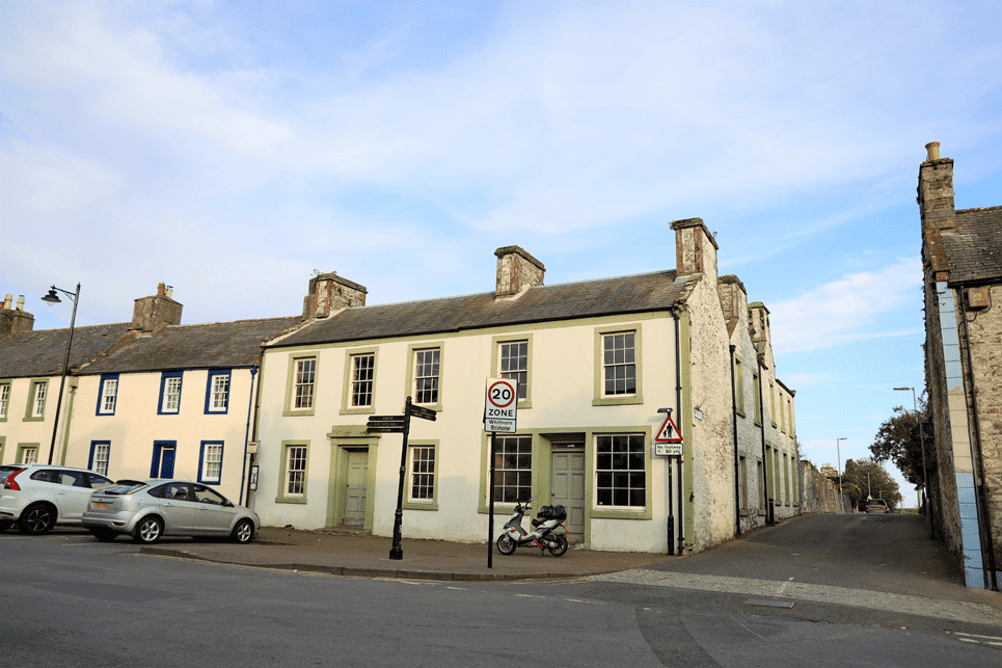
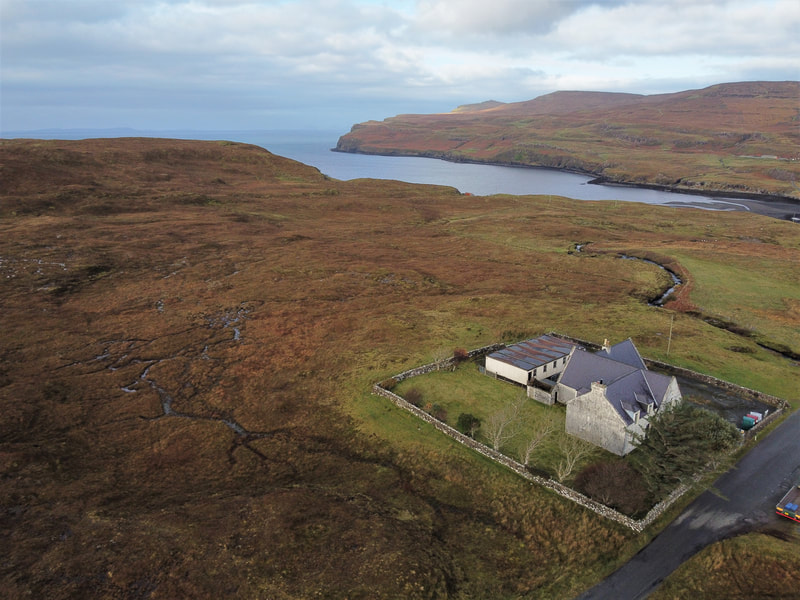
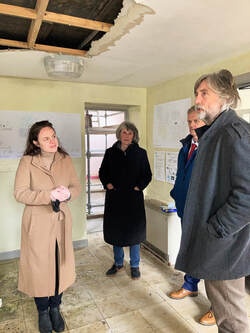
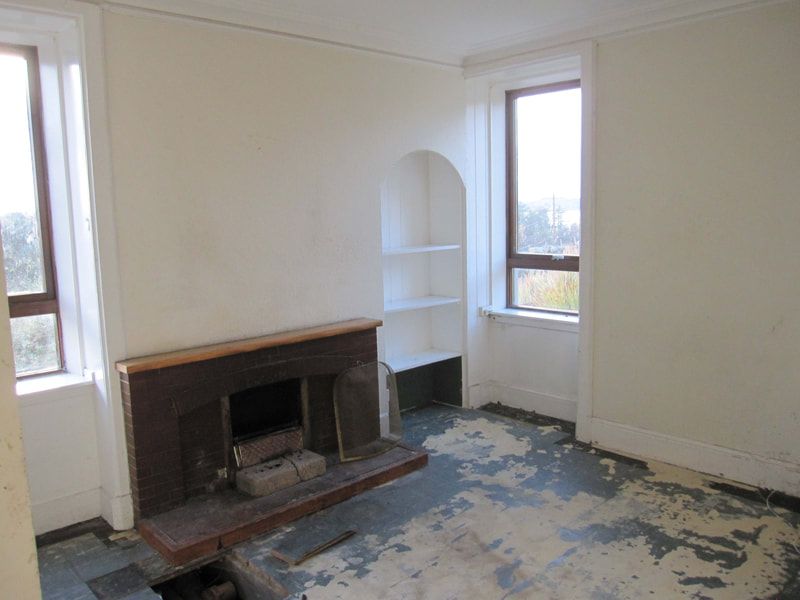
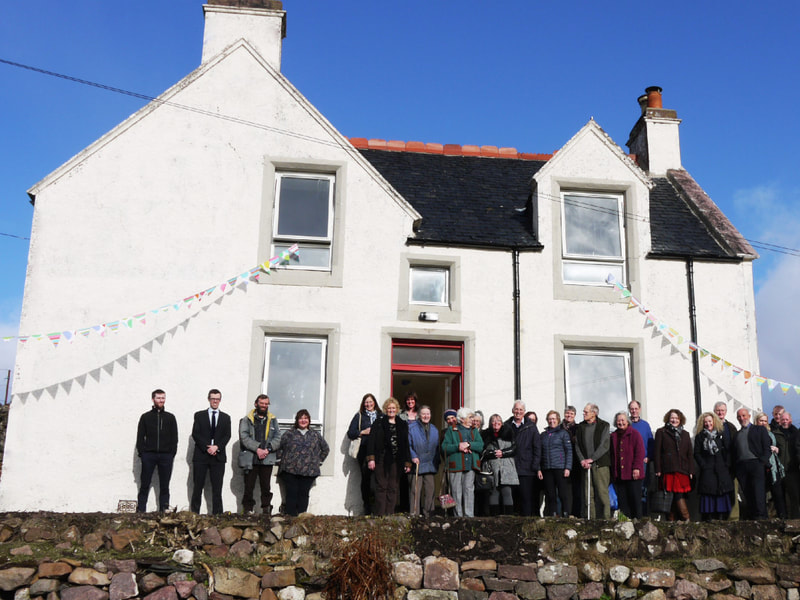
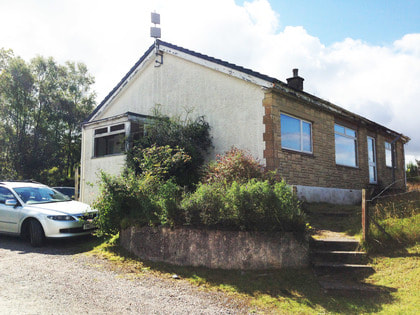
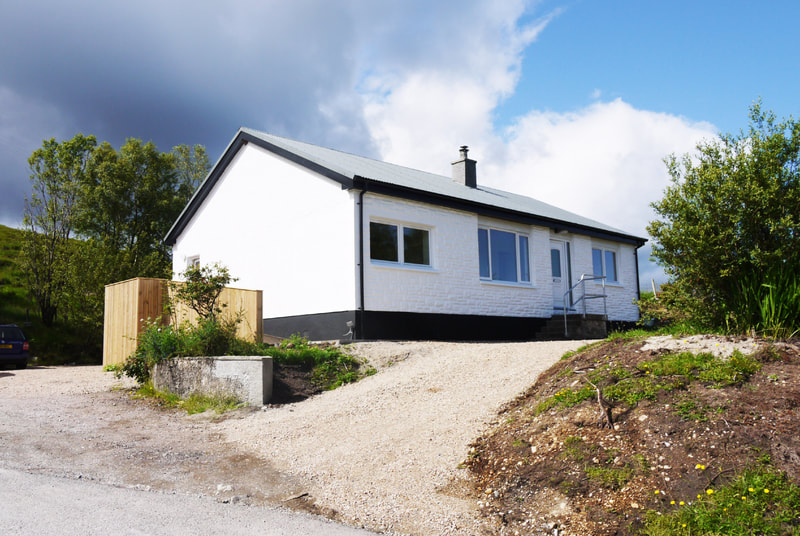
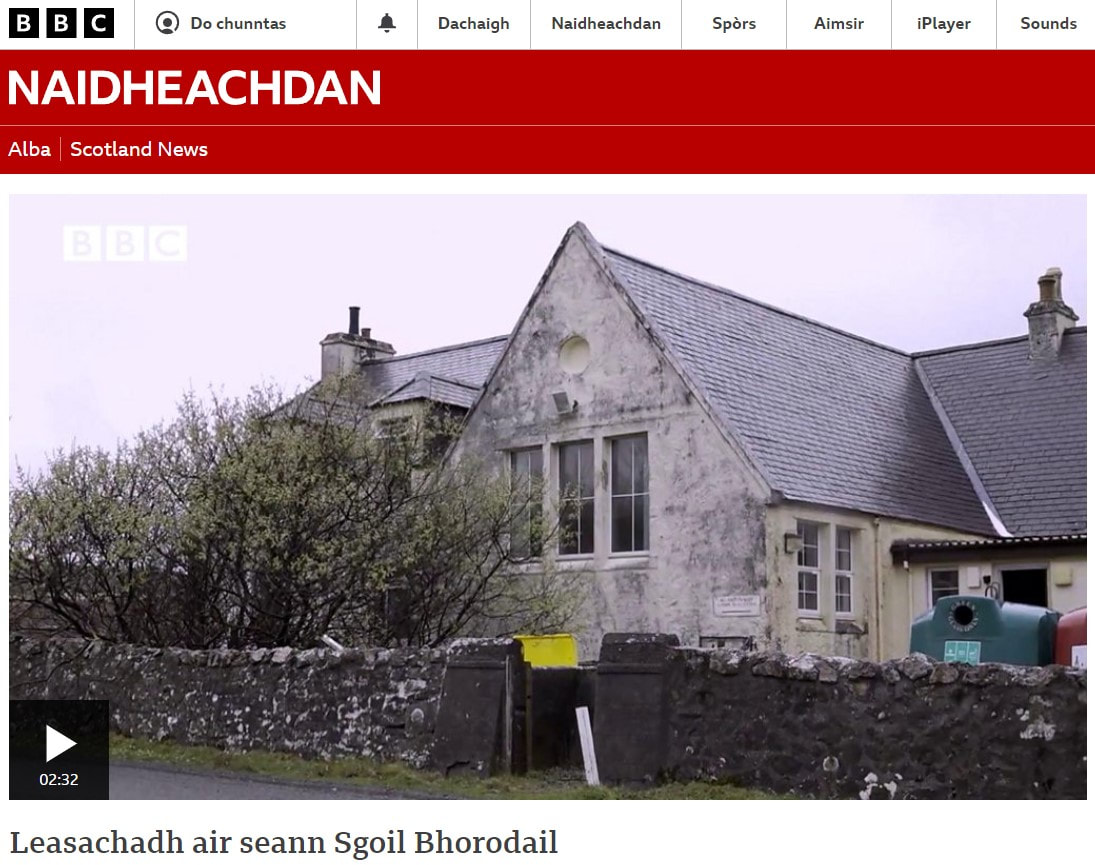
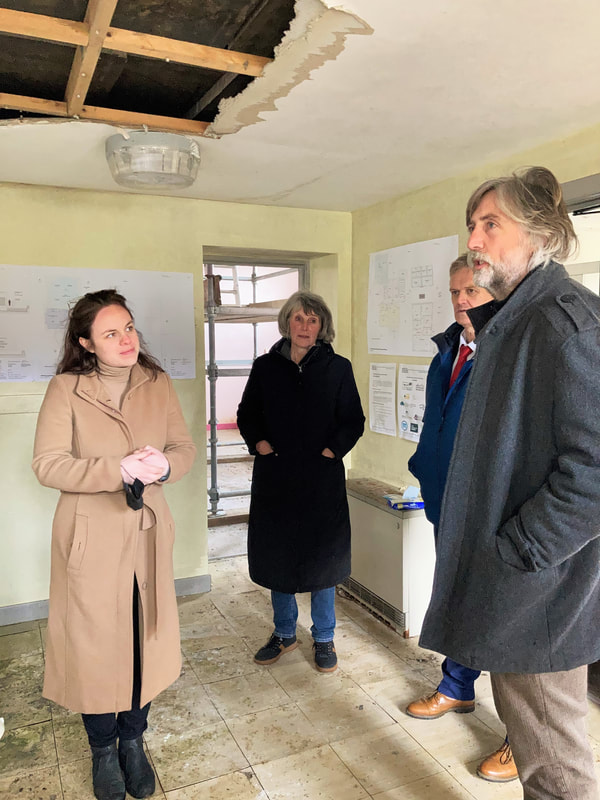
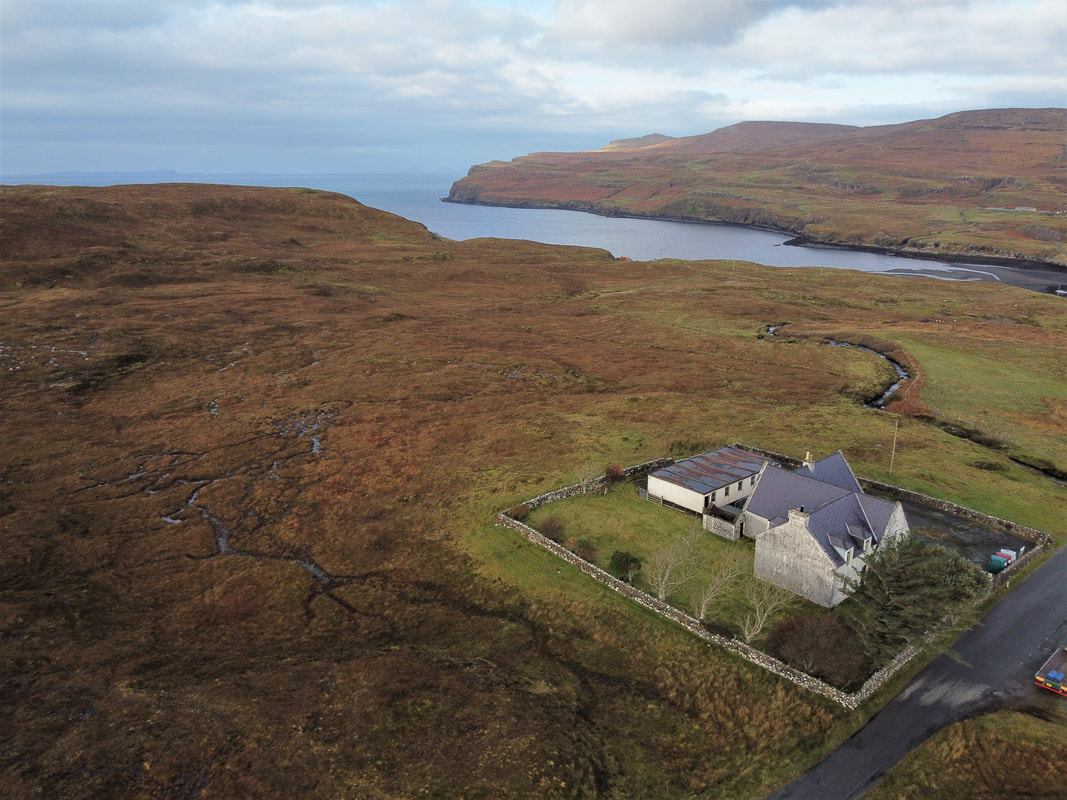
 RSS Feed
RSS Feed
